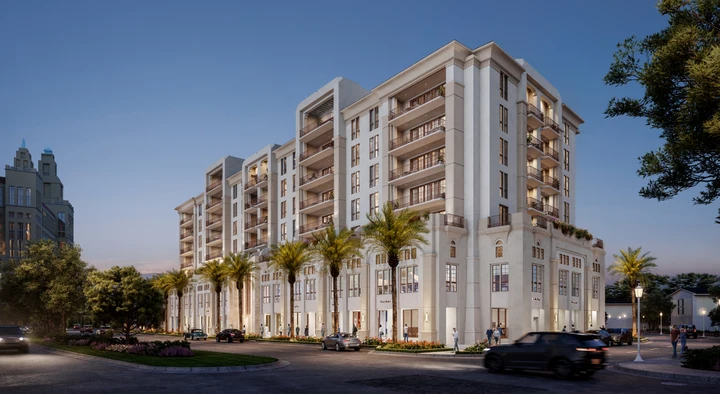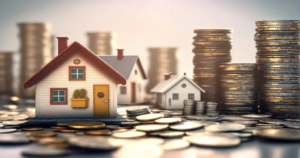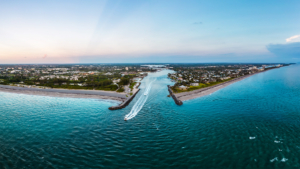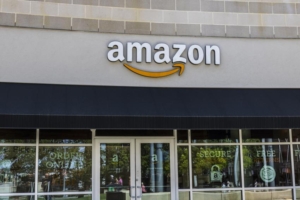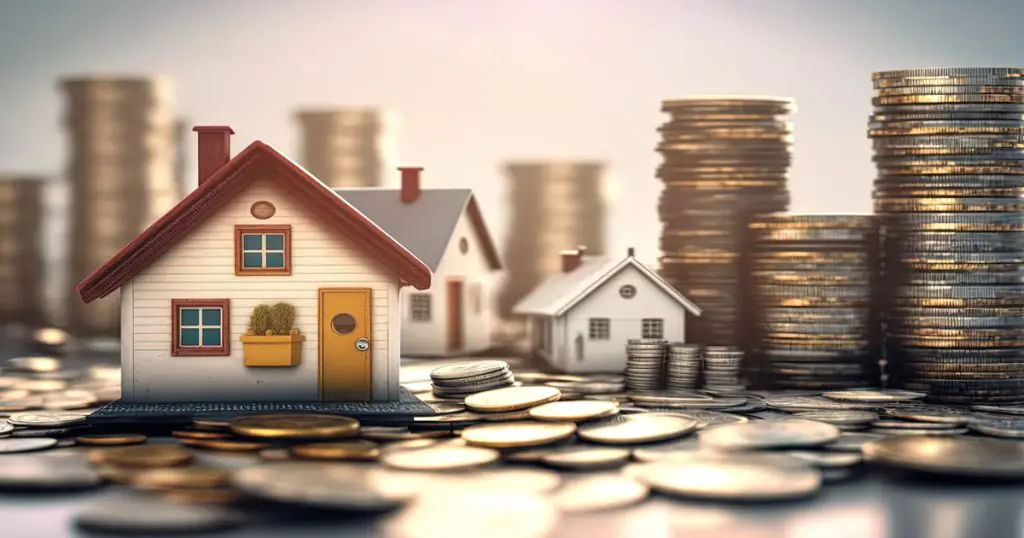South Florida Condo Market Trends: Shifting Dynamics in 2025
The Transformation of South Florida's Condo Landscape
The South Florida condominium market is experiencing a significant transformation in 2025, presenting both challenges and opportunities for buyers and sellers alike. Despite impressive long-term growth—with Miami-Dade condo prices skyrocketing 104% and Broward prices climbing more than 30% over the past decade—recent data reveals a shifting landscape that demands closer examination.
According to the latest report from the Miami Association of Realtors and the Miami Southeast Florida Multiple Listing Service, March 2025 witnessed a continued downturn in condo sale prices compared to the previous year, though transaction volumes showed encouraging signs of recovery from February. This complex market environment creates a nuanced picture for investors, homeowners, and industry professionals navigating South Florida's distinctive real estate ecosystem.
Market Performance: A Tale of Two Property Types
The housing market in South Florida presents a striking contrast between single-family homes and condominiums. While single-family homes continue to appreciate—with Miami-Dade prices rising 3.1% to $670,000 and Broward prices increasing 4.6% to $635,000 year-over-year—the condo segment tells a different story.
Miami-Dade condos experienced a 1.7% price decline to $437,450 in March 2025 compared to March 2024's $445,000. Similarly, Broward condos saw a more pronounced 3% decrease, falling from $288,750 to $280,000 during the same period. These divergent trajectories highlight the unique challenges confronting the condominium sector.
Industry analysts attribute this downturn to several factors, with the Miami Association of Realtors noting: "The statistics would be much stronger if they included South Florida's robust developer new construction market and volume. The decline is due to lack of condo financing and inventory at key price points." This insight underscores how lending constraints and inventory mismatches are constraining potential growth.
Transaction Volumes and Inventory Levels Signal Market Evolution
Sales activity metrics provide further context to South Florida's evolving real estate narrative. Both Miami-Dade and Broward counties experienced year-over-year decreases in transaction volumes across property types:
- Single-family home sales: Miami-Dade recorded 961 transactions (down from 1,041), while Broward saw 1,062 sales (down from 1,084)
- Condominium sales: Miami-Dade registered 1,041 transactions (down from 1,100), with Broward reporting 1,070 sales (down from 1,197)
Perhaps most telling is the dramatic shift in inventory levels, which signals a market tilting toward buyers after years of seller dominance. Miami-Dade's single-family home inventory rose to 6 months (from 4.3), while condo inventory surged to 13.2 months (from 8). Broward exhibited similar trends, with single-family home inventory reaching 5.4 months (from 3.9) and condo inventory climbing to 12 months (from 7.2).
With industry standards considering 6-9 months of inventory as representing a balanced market, these figures suggest condos in both counties have definitively entered buyer's market territory, potentially foreshadowing further price adjustments.
Understanding the Condo Market Challenges
The year-over-year decline in South Florida condo prices can be attributed to several converging factors beyond traditional supply-demand dynamics. Notably, ownership costs have escalated substantially, creating additional pressure on the market:
- Insurance premium increases: Florida's property insurance crisis continues to impact condo owners disproportionately
- Rising association dues: Monthly maintenance fees have climbed significantly to address operational costs
- Special assessments: Many buildings face substantial one-time charges for structural repairs and improvements
- Financing hurdles: Lender wariness following the Surfside tragedy has restricted financing options for older buildings
These escalating ownership costs, coupled with heightened scrutiny following legislative changes enacted after the 2021 Champlain Towers South collapse, have created additional barriers for potential buyers. As a result, properties requiring significant investments beyond the purchase price face longer marketing periods and downward price pressure.
Geographical Bright Spots in a Challenging Market
Despite overall market headwinds, certain South Florida communities continue to outperform regional averages. According to the Miami Association of Realtors' Hot Markets overview for March 2025:
Miami-Dade's standout performers include:
- Cutler Bay (single-family homes)
- Kendall (condominiums)
Broward County's strongest markets are:
- Sunrise (single-family homes)
- Weston (condominiums)
These communities demonstrate resilience through favorable supply-demand dynamics, quality school districts, lifestyle amenities, and relative affordability compared to coastal alternatives. Their outperformance highlights the increasingly localized nature of South Florida real estate, where micromarket factors can significantly influence outcomes.
Market Insights: What Buyers and Sellers Need to Know
What's causing the recent decline in South Florida condo prices?
The primary factors include escalating insurance costs, growing association dues, substantial repair assessments, restricted financing options, and increasing inventory levels. These challenges have shifted negotiating leverage toward buyers, particularly in the condominium segment.
Are condos still a good investment in South Florida?
Despite recent price declines, the long-term appreciation remains impressive, with Miami-Dade condos gaining 104% in value over the past decade. The current market presents value opportunities for strategic buyers who conduct thorough due diligence on association finances, building structural integrity, and neighborhood trends.
How is the single-family home market performing compared to condos?
Single-family homes continue to appreciate in both Miami-Dade (3.1%) and Broward (4.6%) counties, demonstrating stronger resilience than the condominium segment. Lower inventory levels in this category maintain healthier supply-demand dynamics.
What should condo sellers do in this changing market?
Sellers must be particularly strategic about pricing, considering the substantial inventory (13.2 months in Miami-Dade and 12 months in Broward). Properties priced competitively and in buildings with strong financial reserves and completed structural improvements will attract more attention in a buyer's market.
When might the South Florida condo market stabilize?
Market stabilization depends on several factors, including insurance reform progress, economic conditions, migration patterns, and interest rate trends. The significant inventory buildup suggests price sensitivity will likely continue through 2025, with potential stabilization emerging as excess supply is absorbed.
Which communities show the strongest market conditions for condos?
Kendall (Miami-Dade) and Weston (Broward) currently demonstrate the healthiest condo market metrics. These communities benefit from strong amenities, good schools, and relative affordability compared to coastal alternatives.
The South Florida condominium market continues to evolve through a complex transition period. While recent price declines and inventory increases present challenges for sellers, they create opportunities for buyers previously priced out of the market. Understanding the nuanced factors influencing this transformation—from insurance costs to financing availability—remains essential for all market participants navigating South Florida's distinctive real estate landscape in 2025.

